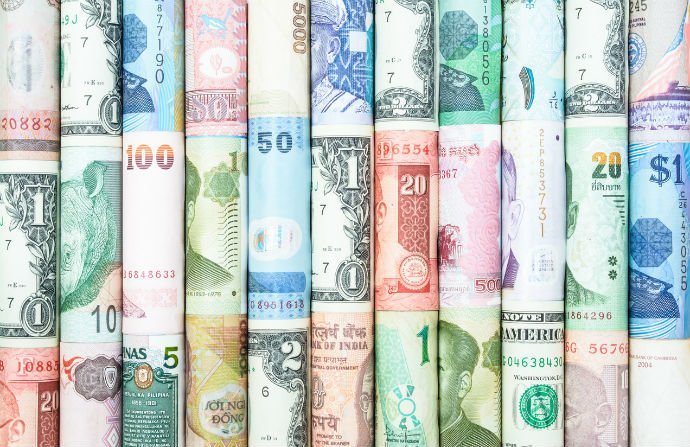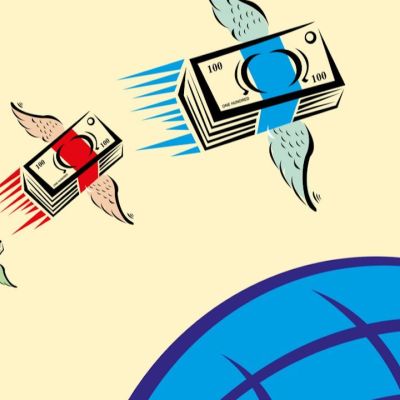What is a ‘Fiat’ Currency?
There are different kinds of money, and the pounds, dollars, yen or rubles we handle from day to day are only one type.
Money is a concept which conveys value. Money can be anything that people exchange goods or services for.
The International Monetary Fund (IMF) defines money with three criteria: A store of value, which means people can save it, a basis for prices, and a medium of exchange for buying and selling.
In past history, money was something that had value itself: Gold or silver coins, for example, had value because they were made of precious metals.
The dollar, for example, comes from the German word ‘thaler.’ It was originally a measure of silver that came from a silver mine in what is now Jáchymov in the Czech Republic, but which was at one time part of Austria, and called Joachimsthal – Joachim’s valley.
When the US first used the dollar as its currency in 1792, it was defined as a unit of pure silver weighing 24.057 grams. But the dollar, like the money in most other countries, came to be backed by gold at the central bank.
All of this changed in 1971, when US President Richard Nixon removed the dollar from the gold standard. Since then, all currencies defined their value on the international foreign exchange market: A dollar, a pound, a yen, a ruble, a Turkish lira – all currencies defined their value by trading with other currencies. Thus at this moment of writing, the value of a dollar is defined by the market as 0.751190637 British Pounds, or 0.843928148 euros, or 58.43007 Russian rubles.
But all of those values change from day today. Tomorrow, the dollar could be worth 60 rubles or perhaps 50, depending on how it trades on the foreign exchange market.
Why does the dollar have any value at all? Because the US government says it should have value. Same with the pound and the UK government. So these currencies are called ‘fiat’ currencies. The Latin word ‘fiat’ means ‘let it be so.’
And so these currencies are called ‘fiat’ currencies.








